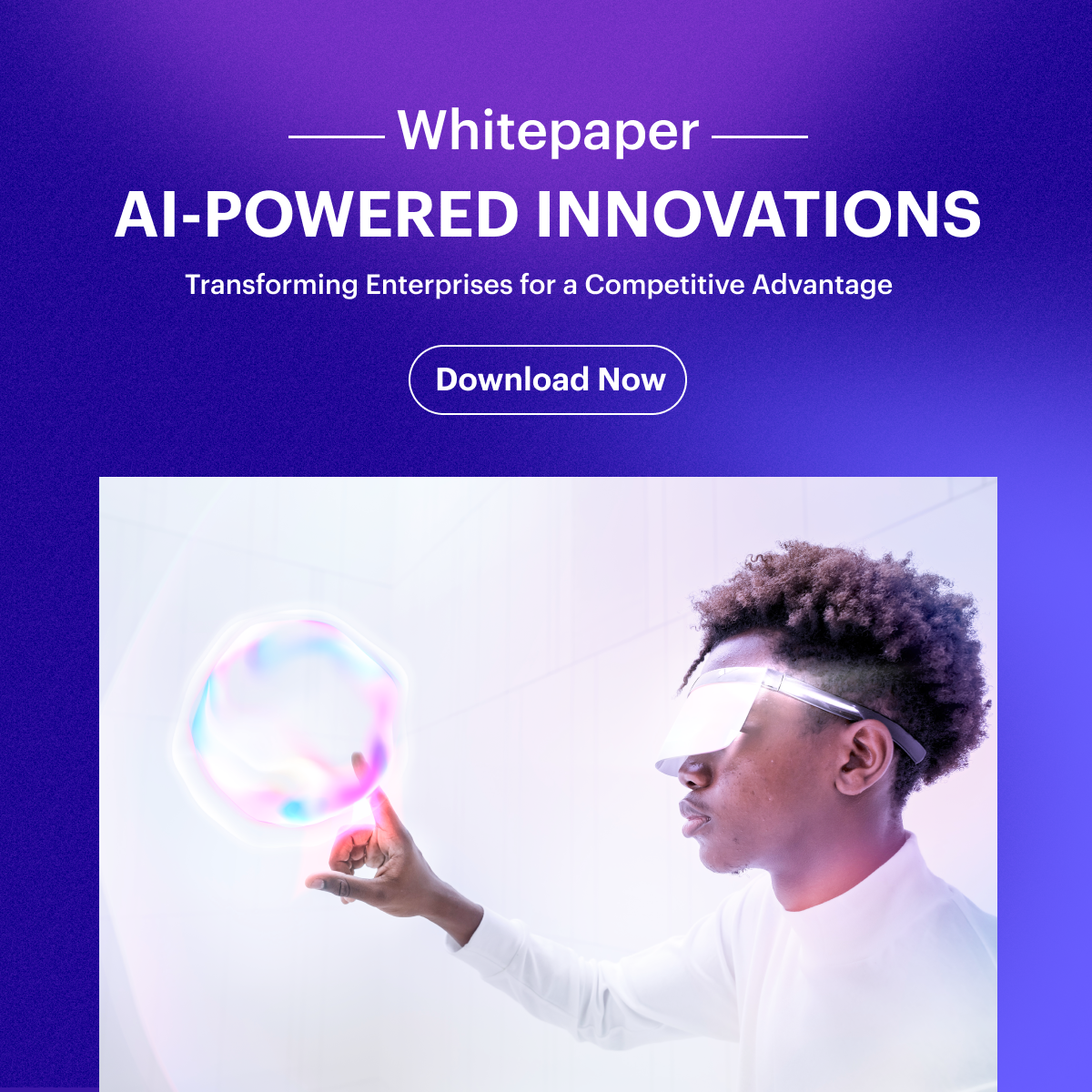Cloud
The Ultimate Guide to Cloud Migration Strategies in 2025
 Updated 01 Sep 2024
Updated 01 Sep 2024

Businesses have always gone to great lengths to grasp even the slightest advantage over one another. Cloud computing has become one such advantage that you simply cannot afford to miss out on.
Cloud computing leverages remote servers hosted on the Internet to store, manage, and process data, which can be accessed on demand. It incorporates various services like storage, computing power, and software applications.
Cloud migration, in turn, is the process of transitioning your organization’s data, applications, and processes from physical infrastructure to a cloud-based environment.
The centralized management of resources in the cloud enables businesses to focus on innovation and facilitates disaster recovery, minimizing downtime and increasing overall resilience.
Intricacies of migrating to the cloud require a nuanced understanding of the latest methodologies and best practices. The more the organization evolves, the more complicated it is to achieve this efficiently.
With this guide, we aim to give you a comprehensive understanding of the complexities associated with cloud migration and offer popular strategies adopted by a leading cloud development company to help manage them.
How to Streamline Your Cloud Migration Strategy
Rehosting
Also known as “lift-and-shift,” rehosting cloud migration strategy means transferring software, virtual machines, and data from the current environment to public cloud infrastructure.
This cloud migration strategy is particularly well suited if your business needs to change its infrastructure quickly. The process helps you to scale your applications without the need for implementing cloud optimizations making it more pocket-friendly and less time-consuming.
Adopting this strategy requires careful planning with a dependable cloud development company to avoid errors in processing.
Pros
- Reduce time spent on managing migration
- Quick execution of the migration process
- No need for cloud optimizations, saving time and money
- Ability to migrate a large number of machines from multiple source platforms
Cons
- Limited utilization of cloud efficiency in the short-term
- Challenges in migrating custom-made applications
- Potential security risks and failures without careful testing and planning
Refactor/Re-architect
This cloud migration strategy is similar to Rehosting but differs in moving the applications from point A to B, it entails adjusting the architecture to fit the new environment.
While every business and workload is different, the shift to the cloud is probably a permanent decision for your organization. As such, planning and doing things correctly by reshaping the framework from the ground up optimizes it for scalability.
Using this strategy, you move an application to the cloud and modify its architecture by taking full advantage of cloud-native features to improve agility, performance, and scalability.
There are also cases when an application becomes so singularly ginormous because of too many processes fed into it that it slows down your operations.
Pros
- Offers savings in the long term
- A scalable option that can accommodate for business growth
- Increases performance and responsiveness of operations
- Improves resilience and durability
Cons
- Intensive and time-consuming process
- More money and resources are needed
- Advanced experts from a cloud development company needed
Replatform
This is also called the “move-and-improve” cloud migration strategy and entails updating your program with contemporary features to scale and/or automate processes, without replacing it completely.
The cloud-to-cloud migration strategy may first appear the best choice, but it may lead to migrations where you retain all of your technical debt and receive none of the advantages of cloud-native development.
There are two parts to this strategy i.e.; lift, and reshape. Using the cloud migration tools you move the applications to the cloud and introduce certain optimizations that can improve efficiency and preferably reduce costs. For example, you can re-platform a Microsoft SQL server database to Amazon RDS using AWS migration strategies.
Pros
- Keeps legacy application running without compromising security/compliance
- Improves performance at a reduced cost
- Helps avoid licensing expense
- Allows experimentation to test a more personalized cloud migration strategy
Cons
- Can be technically challenging and time-consuming
- Could ultimately result in the need for a full refactoring and increase costs
- Technical and in-depth knowledge of legacy systems and cloud needed
Retire
This cloud migration strategy entails getting rid of redundant and unuseful portions. After carefully disclosing everything in your organization’s explicit environment setup, you will discover which application is owned by each functional area.
AWS migration strategies report “We’ve found that as much as 10% (I’ve seen 20%) of an enterprise IT portfolio is no longer useful.”
This method simplifies creating savings for the business by eliminating the need for cloud development services in near-obsolete areas.
A cloud migration strategy is made for the applications being decommissioned to be archived and the servers within that application stack can be shut down.
The applications to retire can be selected based on their performance. You can also analyze their average CPU and memory usage (those between 5 and 20 percent) over 90 days to identify zombie and idle applications.
Pros
- Cost of application infrastructure and license is eliminated
- There are no migration costs
- The system is made more secure
AWS Migration Strategies
Amazon Web Services Application Migration Service(AWS MGN) is the best and simplest method to migrate your applications to AWS at scale.
The Cloud Development Services offers automation and smart AI recommendations to help maintain minimal administrative functions required to manage the migration speed up the process and reduce human errors.
A few handy tools that facilitate AWS migration strategies provided by the cloud development company are –
- AWS Optimization and Licensing Assessment (AWS OLA): Assesses resource utilization, dependencies, and third-party licensing and optimizes your current and cloud environments.
- Migration Evaluator: Uses predictive analytics to minimize the total cost of ownership. It evaluates your requirements and provides cost and size recommendations as per your requirements.
- AWS Migration Acceleration Program (MAP): A set of tools that help automate and accelerate the AWS migration strategies. It also includes training content and access to expertise from global networks like AWS Partner Network and AWS investment.
- AWS Landing Zone: A tool that sets up a multi-account AWS environment to establish initial security for accounts and resources before the migration begins.
- AWS Control Tower: A tool that lets you manage the AWS environment, architecture and the landing zone during and after the migration.
- AWS Application Migration Service (AWS MGN): Provides a service that uses block-level data replication for AWS migration strategies. It is particularly helpful in migrating databases since it can prevent any alteration and corruption in data.
- AWS Database Migration Service (DMS): Used to migrate data from commercial and open-source databases. It accommodates heterogeneous migrations and access to petabyte-scale warehouses like Amazon Redshift and Amazon S3 to support continuous replication of your data.
How Q3 Technologies Facilitates Seamless Cloud Migration
Q3 Technologies streamlines your cloud migration with comprehensive, end-to-end services that ensure a seamless and secure transition to the cloud. We start with an in-depth cloud readiness assessment and develop a tailored migration strategy to align with your business objectives. Our expert team manages data and application migration while prioritizing security and compliance, minimizing any operational disruptions. Post-migration, we offer continuous support and optimization to help you fully leverage your cloud investment. Partner with Q3 Technologies for a smooth cloud migration and accelerate your business growth.
Conclusion
Cloud computing is an incredible technology to incorporate into the way your business operates. With the elasticity in infrastructure, cloud development services hold the potential to help your business processes run smoother than ever.
From decreasing costs incurred in maintaining physical servers and energy consumption to improving the security and resilience of your organization, cloud migration tools can help you seamlessly migrate onto the services of the right cloud development company.
We have learned that there are a few drawbacks and limitations to implementing any cloud data migration strategy. Especially for larger enterprises, making the move can be comparable to a slow-moving giant.
However, you can be rest assured that by using the tips mentioned in this article and selecting the correct cloud data migration strategy, you will find that the benefits far outweigh the challenges.
Explore More

Mobile Applications


